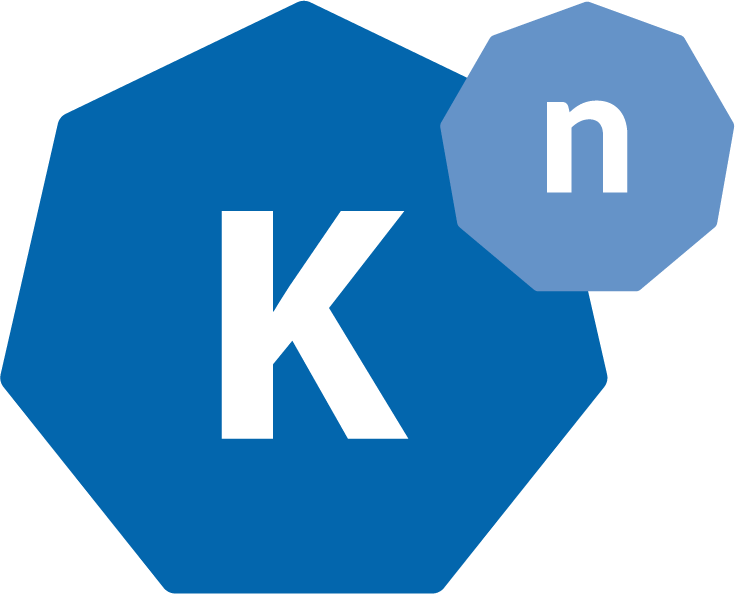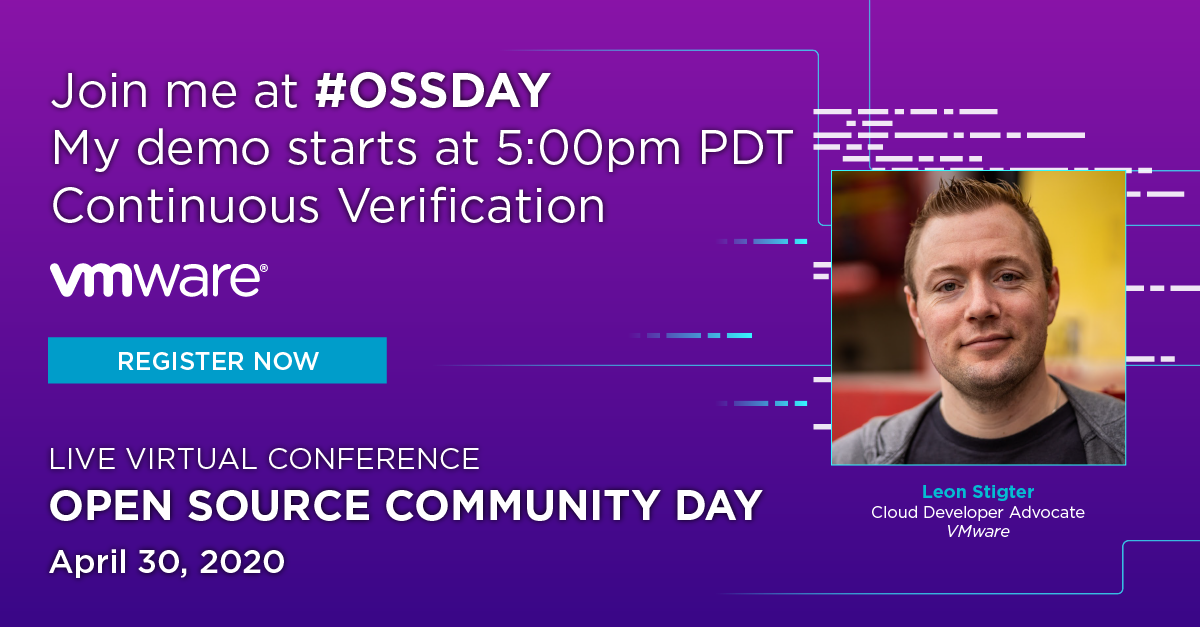
Data Driven Decisions in DevOps @ MyDevSecOps
Unlock the full potential of DevOps with Continuous Verification! Elevate your CI/CD pipeline by integrating security, performance, and cost checks for smarter deployment decisions.
With everything going on in DevOps, I think we can safely say that building pipelines is the way to deploy your applications to production. But knowing what you deploy to production and whether it is actually okay needs more data, like security checks, performance checks, and budget checks. We’ve come up with a process for that, which we call Continuous Verification “A process of querying external systems and using information from the response to make decisions to improve the development and deployment process.” In this session, we’ll look at extending an existing CI/CD pipeline with checks for security, performance, and cost to make a decision on whether we want to deploy our app or not.









